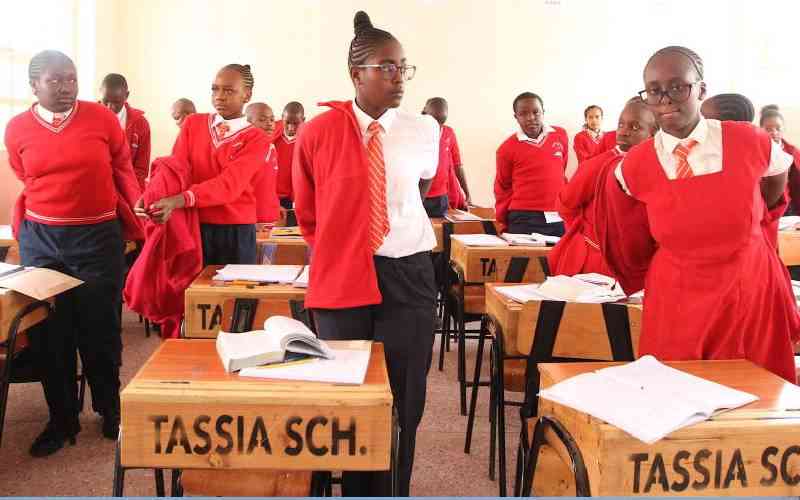
Gatundu South MP Gabriel Kagombe recently suggested that every Kenyan child should strictly go to school in their localities. He revisited the divisive narrative of one-man-one-shilling-one-vote. He tied this narrative with the quality schools, bursaries and the ongoing Opposition-led demonstrations.
The politician suggested that children in Kiambu were being denied a chance to go to good schools because those institutions were already full with learners from other counties. It is important to put things into perspective to avoid creating divisions in key sectors such as education. The history of western-style school system began in Kenya with the arrival of the Christian missionaries and their colonial cousins.